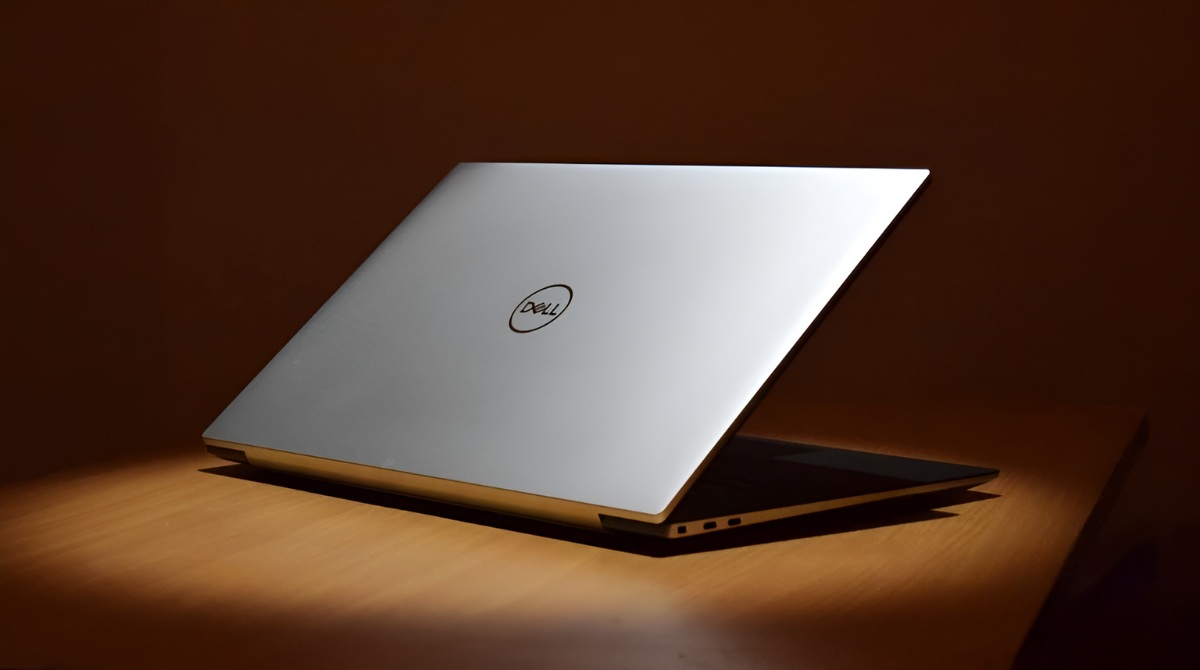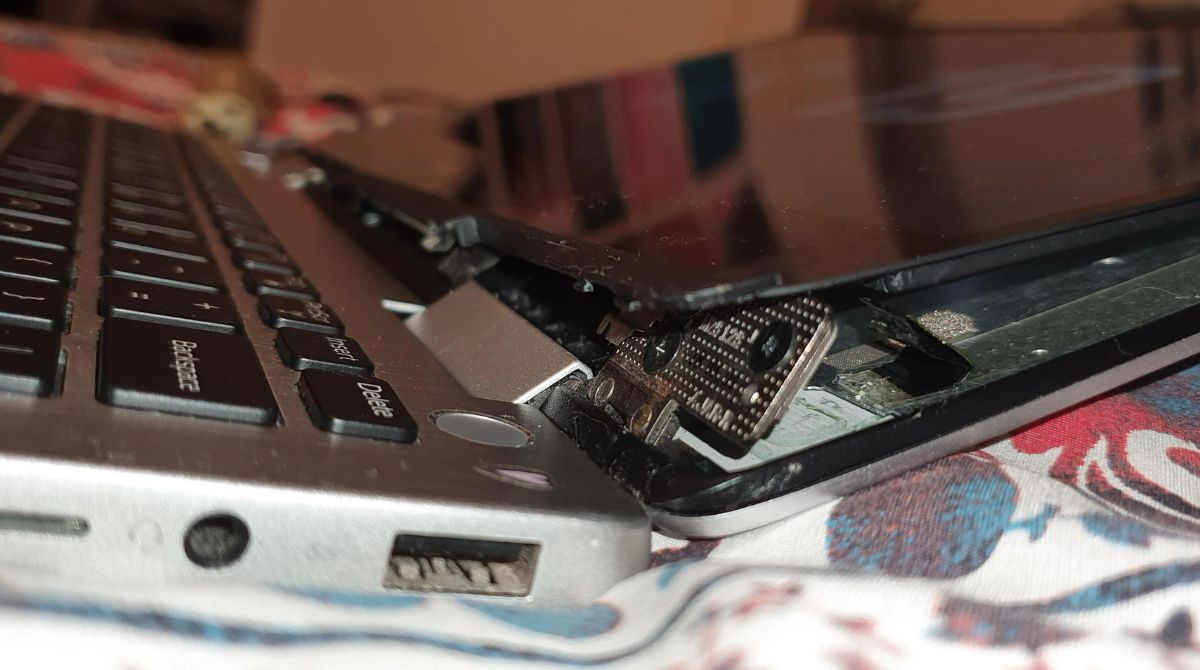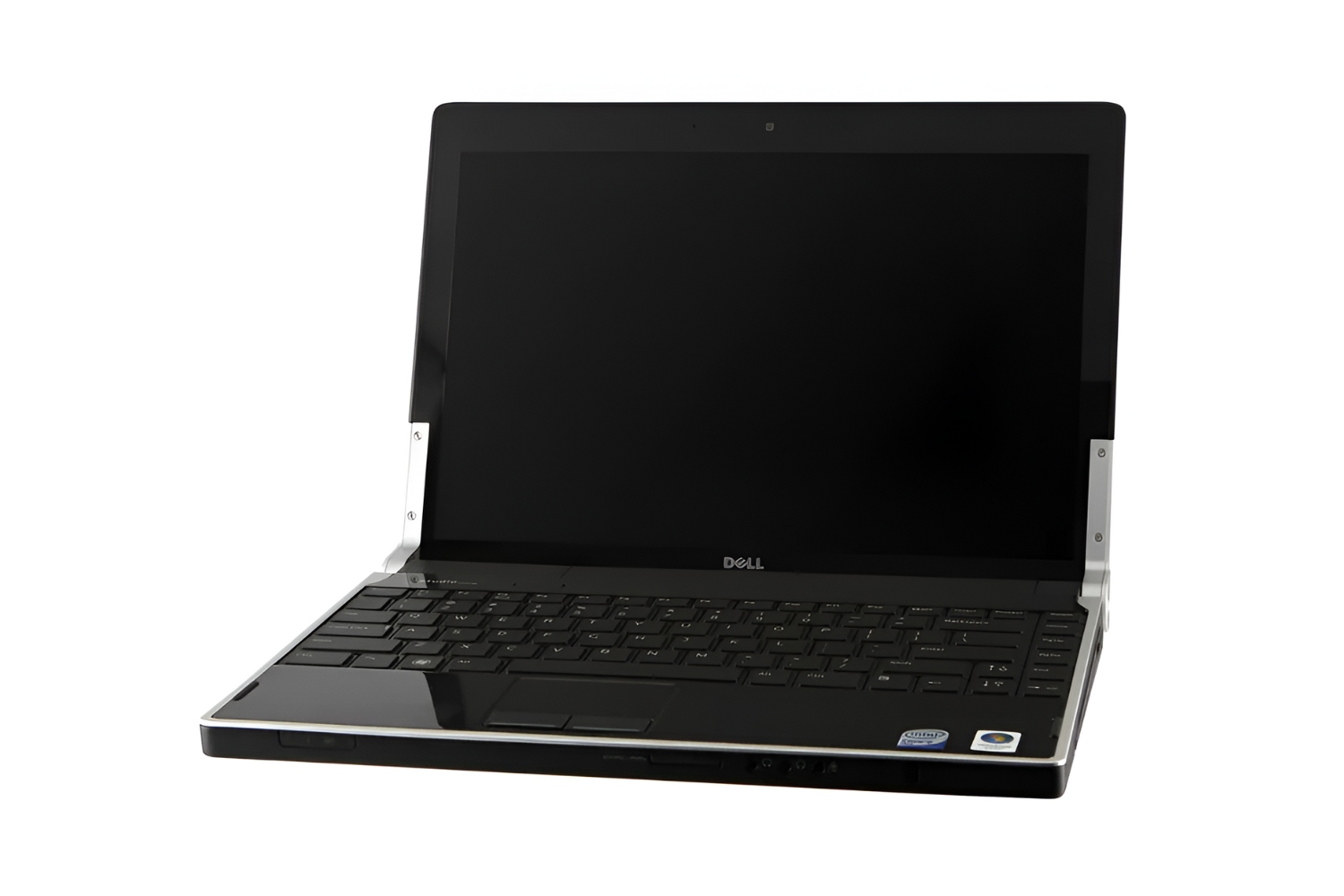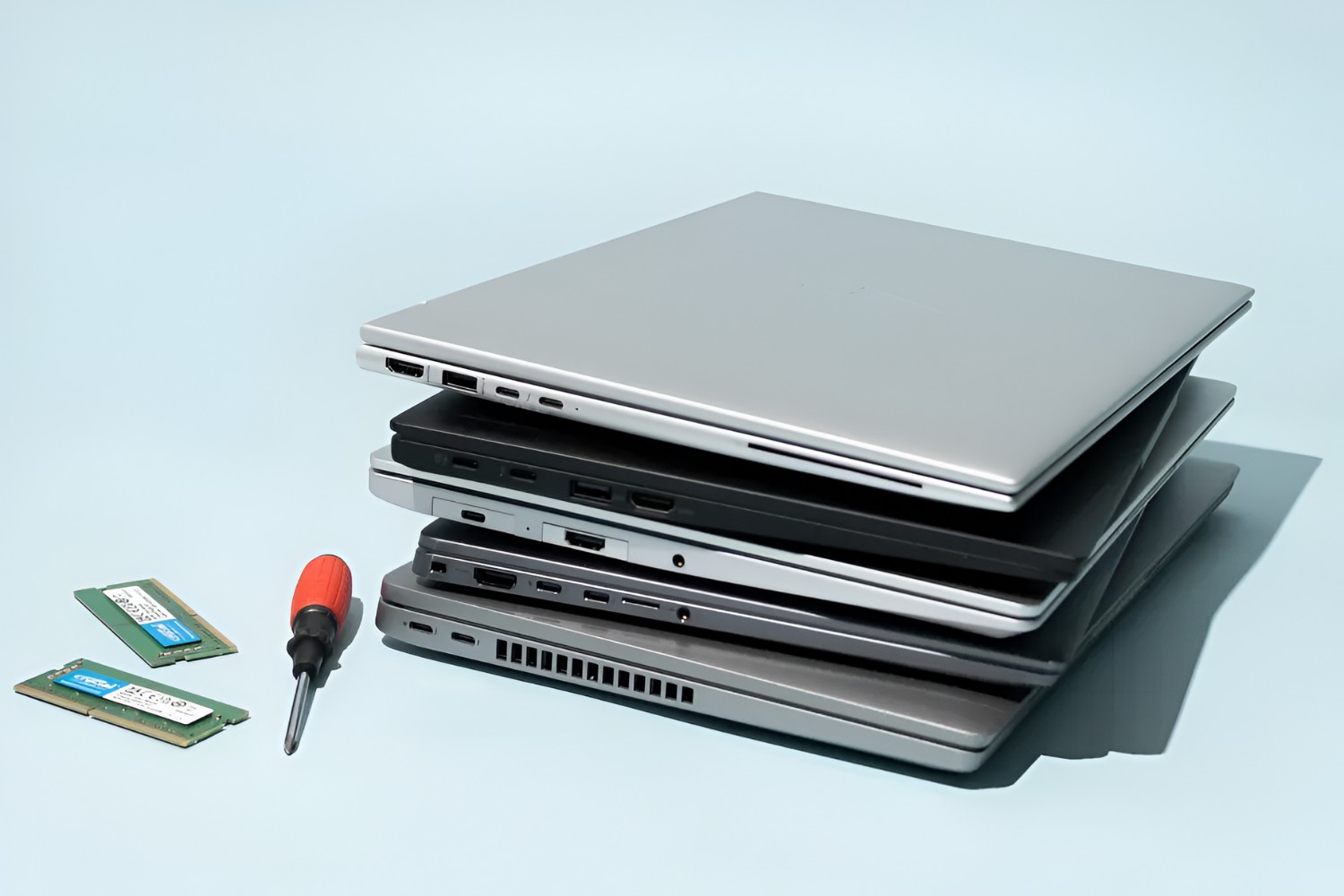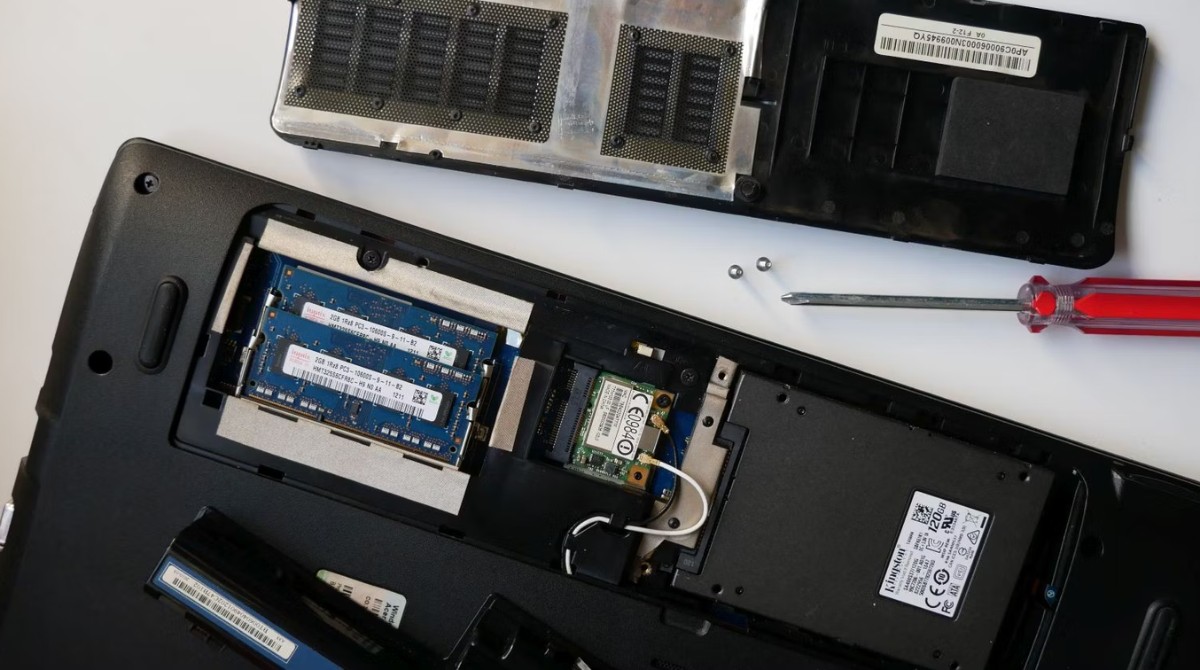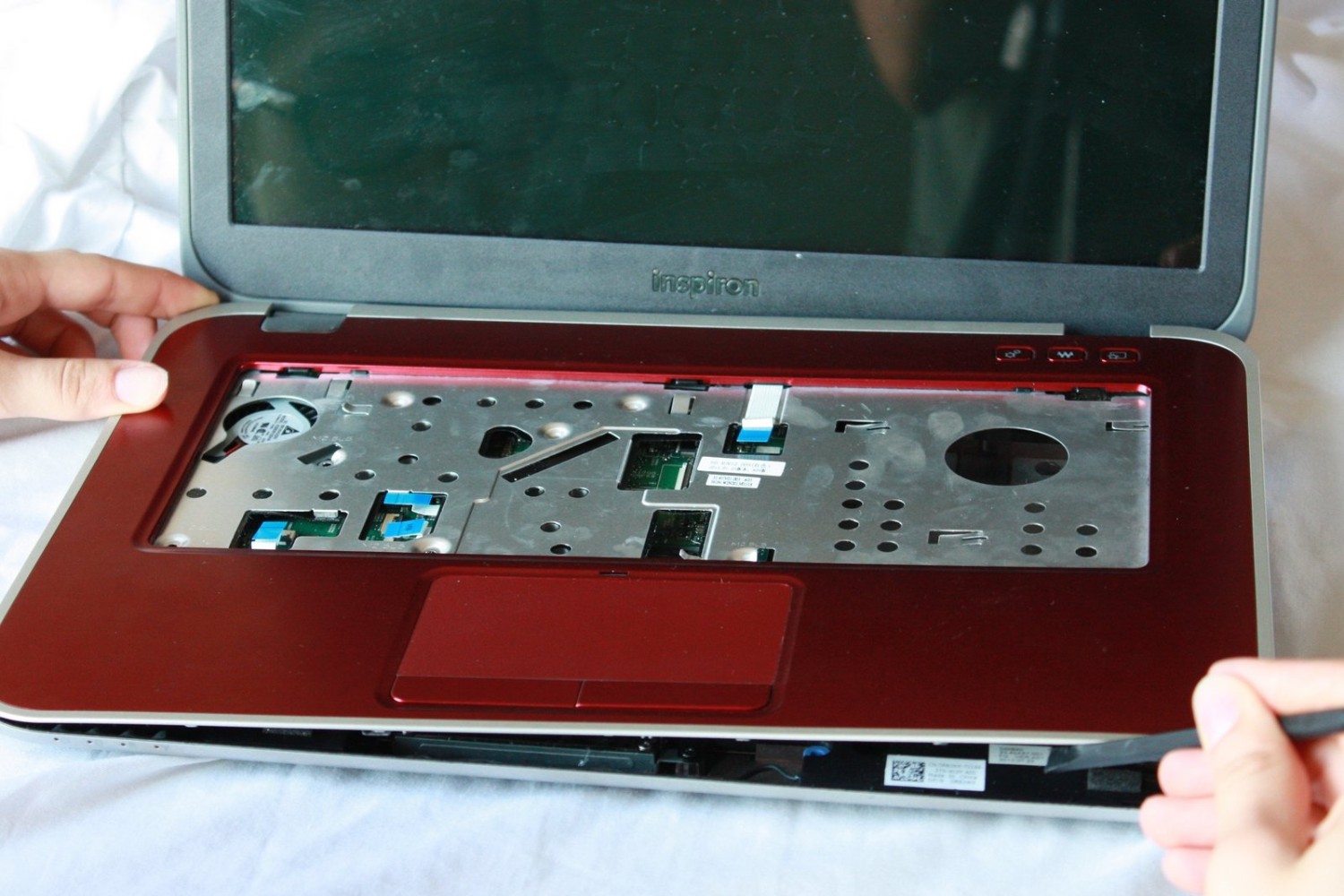Introduction
Welcome to this troubleshooting guide, where we will explore the issue of a Dell Ultrabook that keeps sleeping when you close it. If you’re frustrated with your laptop automatically entering sleep mode every time you shut the lid, you’re not alone.
Dell Ultrabooks are designed to provide a sleek and portable computing experience. However, sometimes the power settings can be a bit too aggressive, causing the laptop to go to sleep even when you don’t want it to. The good news is that there are several steps you can take to resolve this issue and regain control over your Ultrabook’s power settings.
In the following sections, we will delve into various troubleshooting methods to help you address this problem. From adjusting power settings to updating drivers and BIOS, we will cover all the possible solutions to ensure your Dell Ultrabook remains awake when you close it. So, let’s dive in and get your laptop working perfectly!
Before we begin, it’s worth noting that the specific steps may slightly differ depending on the model and operating system version of your Dell Ultrabook. However, the overall principles and troubleshooting methods remain consistent across different devices.
So, whether you are using a Dell XPS, Inspiron, or any other Dell Ultrabook variant, this guide will equip you with the necessary knowledge to fix the sleep mode issue when closing your laptop. Let’s get started!
Why does my Dell Ultrabook keep sleeping when I close it?
If your Dell Ultrabook continues to enter sleep mode every time you close the lid, it can be frustrating and disruptive to your workflow. Understanding the reasons behind this issue can help you address it effectively. Let’s explore some possible causes:
Power settings: One of the most common reasons for your Dell Ultrabook sleeping when you close it is the power settings. By default, laptops are programmed to go into sleep mode when you shut the lid to conserve battery power. However, there may be instances where you want the laptop to stay awake even when the lid is closed.
Driver and BIOS updates: Outdated drivers or BIOS (Basic Input/Output System) firmware can also lead to sleep mode issues. It’s crucial to keep your Dell Ultrabook’s drivers and BIOS up to date to ensure optimal performance and compatibility with the operating system.
Sleep mode troubleshooting: Sometimes, the sleep mode itself may be problematic due to software glitches or conflicting settings. Troubleshooting sleep mode issues can help identify and resolve the underlying cause of the problem.
Power plan settings: Your power plan settings dictate how your Dell Ultrabook behaves in different situations, including when you close the lid. Incorrect or conflicting power plan settings can result in the laptop entering sleep mode when you don’t want it to.
Lid close action: The default lid close action on Dell Ultrabooks is set to sleep mode. However, you can customize this setting to keep the laptop awake when the lid is closed.
Background processes: Certain background processes or applications running on your Dell Ultrabook may interfere with the sleep mode functionality. Identifying and addressing these processes can help fix the issue.
Hardware issues: In some cases, the sleep mode problem when closing the lid could be a result of a hardware issue. Faulty sensors, damaged cables, or other hardware-related factors may trigger sleep mode when the laptop is closed.
By understanding these potential causes, you can take the necessary steps to troubleshoot and resolve the issue of your Dell Ultrabook sleeping when you close it. In the following sections, we will discuss each of these causes in detail and guide you through the troubleshooting process. Let’s get started!
Adjusting Power Settings
One of the primary factors that can cause your Dell Ultrabook to enter sleep mode when you close the lid is the power settings. By adjusting these settings, you can ensure that the laptop stays awake even when the lid is closed. Here’s how to do it:
1. Power Options: Go to the Control Panel on your Dell Ultrabook and navigate to the “Power Options” section. Here, you can customize the power plan settings to specify the behavior when the lid is closed.
2. Choose a Power Plan: Within the Power Options, choose a power plan that suits your preferences. You can either customize an existing plan or create a new one from scratch.
3. Change Advanced Power Settings: Once you have selected a power plan, click on “Change plan settings” next to the plan. This will open the advanced power settings window.
4. Lid Close Action: Look for the “Lid close action” setting in the power plan settings. By default, it is set to “Sleep” or “Hibernate.” Change this setting to “Do nothing” to prevent the laptop from entering sleep mode when you close the lid.
5. Apply the Changes: After adjusting the lid close action, click on “Apply” and then “OK” to save the changes.
6. Test the Settings: Close the lid of your Dell Ultrabook to see if the changes have taken effect. The laptop should now stay awake even when the lid is closed.
By adjusting the power settings and modifying the lid close action, you can ensure that your Dell Ultrabook remains awake when you close it. This allows you to continue working, downloading files, or performing other actions even with the lid closed. If this solution does not resolve the issue, continue with the troubleshooting steps outlined in the following sections.
Updating Drivers and BIOS
Outdated drivers and BIOS (Basic Input/Output System) firmware can often contribute to sleep mode issues on your Dell Ultrabook. Keeping these components up to date ensures compatibility with the operating system and can help resolve the problem. Here’s how to update your drivers and BIOS:
1. Update Drivers: Visit the Dell support website and navigate to the “Drivers and Downloads” section. Enter your Dell Ultrabook’s model or service tag information to find the relevant drivers.
2. Select the Latest Drivers: Look for the drivers related to power management and system functionality. Download and install the latest versions available for your operating system.
3. Install the Drivers: Once downloaded, run the installer files and follow the on-screen instructions to install the updated drivers. Restart your Dell Ultrabook if prompted.
4. Update BIOS: Check if there are any BIOS updates available for your Dell Ultrabook. Navigate to the Dell support website and search for your specific model’s BIOS updates.
5. Download and Install BIOS Updates: Download the BIOS update file and carefully read the instructions provided by Dell. Follow the steps to install the BIOS update, ensuring that you have a stable power source and follow all precautions mentioned in the guidelines.
6. Restart the Laptop: After updating the drivers and BIOS, restart your Dell Ultrabook to apply the changes. This will help ensure that the updated software and firmware are fully implemented.
By updating your drivers and BIOS, you can eliminate any compatibility issues and improve the overall performance of your Dell Ultrabook. In some cases, outdated drivers or firmware can cause sleep mode problems, and updating them can rectify the issue. If the sleep mode issue persists after updating the drivers and BIOS, continue troubleshooting using the methods described in the upcoming sections.
Troubleshooting Sleep Mode Issues
If adjusting power settings and updating drivers and BIOS did not resolve the sleep mode problem on your Dell Ultrabook, it’s time to troubleshoot the issue further. There are several troubleshooting steps you can take to identify and resolve the underlying cause. Here’s what you can do:
1. Windows Power Troubleshooter: Run the built-in Windows Power Troubleshooter utility. This tool can help identify common power-related issues and attempt to fix them automatically.
2. Disable Hybrid Sleep: In the power plan settings, disable the “Hybrid Sleep” feature. Hybrid Sleep combines the features of sleep mode and hibernation, and disabling it may help resolve sleep mode issues.
3. Disable Fast Startup: Fast Startup is a feature in Windows that saves the system state to a hibernation file, enabling a faster boot time. However, it can also cause sleep mode problems. Disable Fast Startup in the power options to see if it resolves the issue.
4. Check Application Compatibility: Certain applications may have compatibility issues with sleep mode, causing your Dell Ultrabook to enter sleep unexpectedly. Update or uninstall any potentially problematic applications to see if that resolves the issue.
5. Check System Files: Run the System File Checker (SFC) and Deployment Imaging and Servicing Management (DISM) tools to check for and repair any corrupted system files that may be affecting sleep mode functionality.
6. Disable Background Processes or Services: Some background processes or services may interfere with sleep mode. Use the Task Manager to identify and temporarily disable any unnecessary processes or services to see if they are causing the issue.
7. Restore Power Plan Defaults: If you’ve made extensive changes to your power plan settings, restore them to their default configurations. Sometimes, conflicting settings can result in sleep mode problems.
8. Check for Windows Updates: Make sure your Dell Ultrabook is running the latest Windows updates. Updates often include bug fixes and improvements that can address sleep mode issues.
By following these troubleshooting steps, you can narrow down the cause of the sleep mode problem on your Dell Ultrabook. If the issue persists, continue reading to explore more potential solutions in the upcoming sections.
Resetting Power Plan Settings
If adjusting power settings and troubleshooting sleep mode issues did not resolve the problem on your Dell Ultrabook, resetting the power plan settings may help. Resetting the power plan settings will revert them to their original state, eliminating any conflicting configurations that may be causing the sleep mode issue. Here’s how you can reset the power plan settings:
1. Open Power Options: Go to the Control Panel on your Dell Ultrabook and navigate to the “Power Options” section.
2. Select Power Plan: Choose the power plan that is currently selected or the one you suspect is causing the sleep mode problem.
3. Change Plan Settings: Click on “Change plan settings” next to the selected power plan.
4. Reset to Defaults: In the following window, click on the “Restore plan defaults” button. This will reset all the power settings of the selected power plan to their defaults.
5. Apply the Changes: After resetting the power plan settings, click on “Apply” and then “OK” to save the changes.
6. Test the Settings: Close the lid of your Dell Ultrabook to see if the sleep mode issue persists. If the problem is resolved, the laptop should now stay awake when the lid is closed. If not, proceed to the next troubleshooting step.
Resetting the power plan settings can help eliminate any conflicting configurations that may be causing the sleep mode problem on your Dell Ultrabook. By returning the power settings to their defaults, you can ensure that there are no unnecessary or conflicting power-saving settings affecting the laptop’s behavior when the lid is closed. If the sleep mode issue persists, continue troubleshooting using the methods described in the upcoming sections.
Adjusting the Lid Close Action
If your Dell Ultrabook continues to enter sleep mode when you close the lid, adjusting the lid close action settings can provide a solution. By customizing the behavior of the laptop when the lid is closed, you can ensure that it stays awake instead of entering sleep mode. Here’s how you can adjust the lid close action:
1. Open Control Panel: Go to the Control Panel on your Dell Ultrabook.
2. Access Power Options: Navigate to the “Power Options” section.
3. Change Advanced Power Settings: Click on “Change plan settings” next to the selected power plan.
4. Locate Lid Close Action: In the advanced power settings window, find the “Lid close action” setting.
5. Customize the Setting: Change the lid close action to “Do nothing” to prevent the laptop from entering sleep mode when you close the lid. Alternatively, you can choose another option that suits your preference, such as “Hibernate” or “Shut down,” depending on your needs.
6. Save Changes: Click on “Apply” and then “OK” to save the changes.
7. Test the Settings: Close the lid of your Dell Ultrabook to verify that the changes have taken effect. The laptop should now stay awake even when the lid is closed.
By adjusting the lid close action settings, you can control how your Dell Ultrabook behaves when the lid is closed. Customizing this setting ensures that the laptop stays awake, enabling you to continue working or accessing files even with the lid closed. If adjusting the lid close action does not resolve the sleep mode issue, proceed to the next troubleshooting steps outlined in the upcoming sections.
Checking for Background Processes
If your Dell Ultrabook continues to enter sleep mode when you close the lid, it’s worth investigating if any background processes or applications are causing the issue. Certain processes running in the background can interfere with the sleep mode functionality, triggering the laptop to go to sleep unexpectedly. Here’s how you can check for and address background processes:
1. Open Task Manager: Press “Ctrl + Shift + Esc” on your Dell Ultrabook to open the Task Manager. Alternatively, you can right-click on the taskbar and select “Task Manager” from the menu.
2. Analyze Processes: In the Task Manager, go to the “Processes” or “Details” tab to view the running processes. Look for any processes that may be causing the sleep mode problem.
3. Identify Culprit Processes: Pay attention to processes related to power management, system functions, or any applications that may be known to interfere with sleep mode. Note down the names of these processes.
4. Disable Processes: Right-click on the identified processes and choose “End task” or “End process” to temporarily disable them. This will stop the processes from running and potentially resolve the sleep mode issue.
5. Test the Settings: Close the lid of your Dell Ultrabook to see if the sleep mode problem persists. If disabling the identified background processes resolves the issue, you can consider permanently disabling or removing them to prevent future disruptions.
6. Uninstall Problematic Applications: If a specific application is causing sleep mode problems, uninstalling it may be necessary. Go to the Control Panel and access the “Programs and Features” section to uninstall any applications that you suspect are interfering with sleep mode.
By checking for and disabling problematic background processes or uninstalling interfering applications, you can address the sleep mode issue on your Dell Ultrabook. Keep in mind that disabling critical system processes or uninstalling essential applications can have consequences, so exercise caution and research the processes or applications before taking any action. If the sleep mode issue persists, proceed to the next troubleshooting steps detailed in the upcoming sections.
Checking for Hardware Issues
If you have tried adjusting power settings, updating drivers, and troubleshooting software-related factors, but your Dell Ultrabook still enters sleep mode when you close the lid, it may be worth considering hardware issues as the underlying cause. Certain hardware-related factors can trigger sleep mode unexpectedly. Here’s how you can check for and address hardware issues:
1. Check Lid Sensor: Inspect the lid sensor on your Dell Ultrabook. The lid sensor is responsible for detecting when the lid is closed or opened. Ensure that the sensor is not obstructed or damaged. Clean it gently with a soft cloth if needed.
2. Examine Cable Connections: Check the cables connecting the lid to the main body of your Dell Ultrabook. Loose or damaged cables may result in improper lid closure detection, causing the laptop to go into sleep mode. Ensure that the cables are securely connected and in good condition.
3. Perform Hardware Diagnostics: Dell Ultrabooks often come with built-in hardware diagnostic tools. Access these tools and run a comprehensive hardware diagnostic scan to identify any potential issues. Follow the on-screen instructions and address any issues found.
4. Seek Professional Help: If you are not comfortable checking for hardware issues yourself or if the previous steps did not resolve the sleep mode problem, it may be advisable to seek professional assistance. Contact Dell support or take your Ultrabook to an authorized service center for further diagnosis and repairs.
By checking for hardware issues and ensuring the proper functionality of the lid sensor and cable connections, you can eliminate potential hardware-related causes for the sleep mode issue. If the problem persists even after addressing potential hardware issues, you may need to explore other troubleshooting methods or consult professionals for further assistance.
Conclusion
Dealing with a Dell Ultrabook that keeps entering sleep mode when you close the lid can be frustrating, but there are several steps you can take to resolve the issue. By adjusting power settings, updating drivers and BIOS, troubleshooting sleep mode problems, resetting power plan settings, and checking for hardware issues, you can regain control over your Ultrabook’s sleep mode behavior.
Start by adjusting the power settings on your Dell Ultrabook. Customize the lid close action to ensure that the laptop stays awake when the lid is closed. Updating drivers and BIOS to their latest versions can address compatibility issues and improve overall performance. Troubleshooting sleep mode problems involves running diagnostic tools, disabling background processes, and checking for system file corruption.
If the issue persists, resetting the power plan settings to their defaults can eliminate any conflicting configurations that may have caused the problem. Lastly, checking for hardware issues, such as inspecting the lid sensor and cable connections, can ensure that there are no physical factors triggering the sleep mode problem.
Remember, the specific steps may vary depending on your Dell Ultrabook model and operating system. Always refer to the official documentation provided by Dell and consider seeking professional help if needed.
By following these steps and troubleshooting methods, you can resolve the sleep mode issue on your Dell Ultrabook, allowing for smoother and uninterrupted usage. Enjoy the convenience and functionality of your Ultrabook without the annoyance of entering sleep mode when you close the lid!







